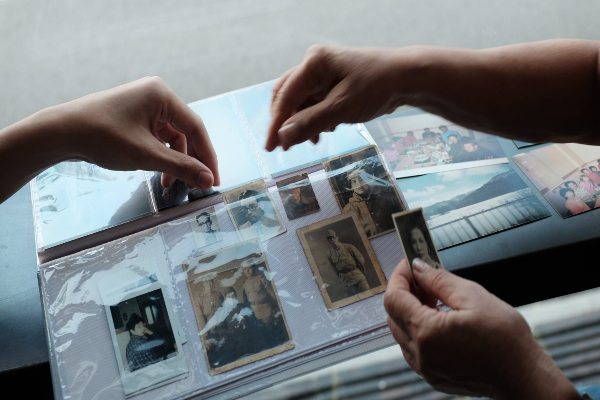What’s in a country, that with any other memories, would smell as sweet?
Being Singapore’s bicentennial year, it might seem that everyone everywhere is talking about local heritage, history, culture. What’s so important, you might ask? History is boring, you might think. Well, the Future of Our Pasts Festival (TFOOPFest) seeks to correct that stereotype: it aims to make history more accessible and relatable to all, and encourages audiences to connect with the past through lesser-known narratives and various art mediums.
From 16 February – 17 March, head on down to check out the 11 different projects by young local artists and advocates, and find your future in the narratives of our past. We spoke to some of the project creators on their thoughts about history, Singapore, and what led them to create their finished projects, and here is what they have to say!
ADVERTISEMENTS












Leave a Reply